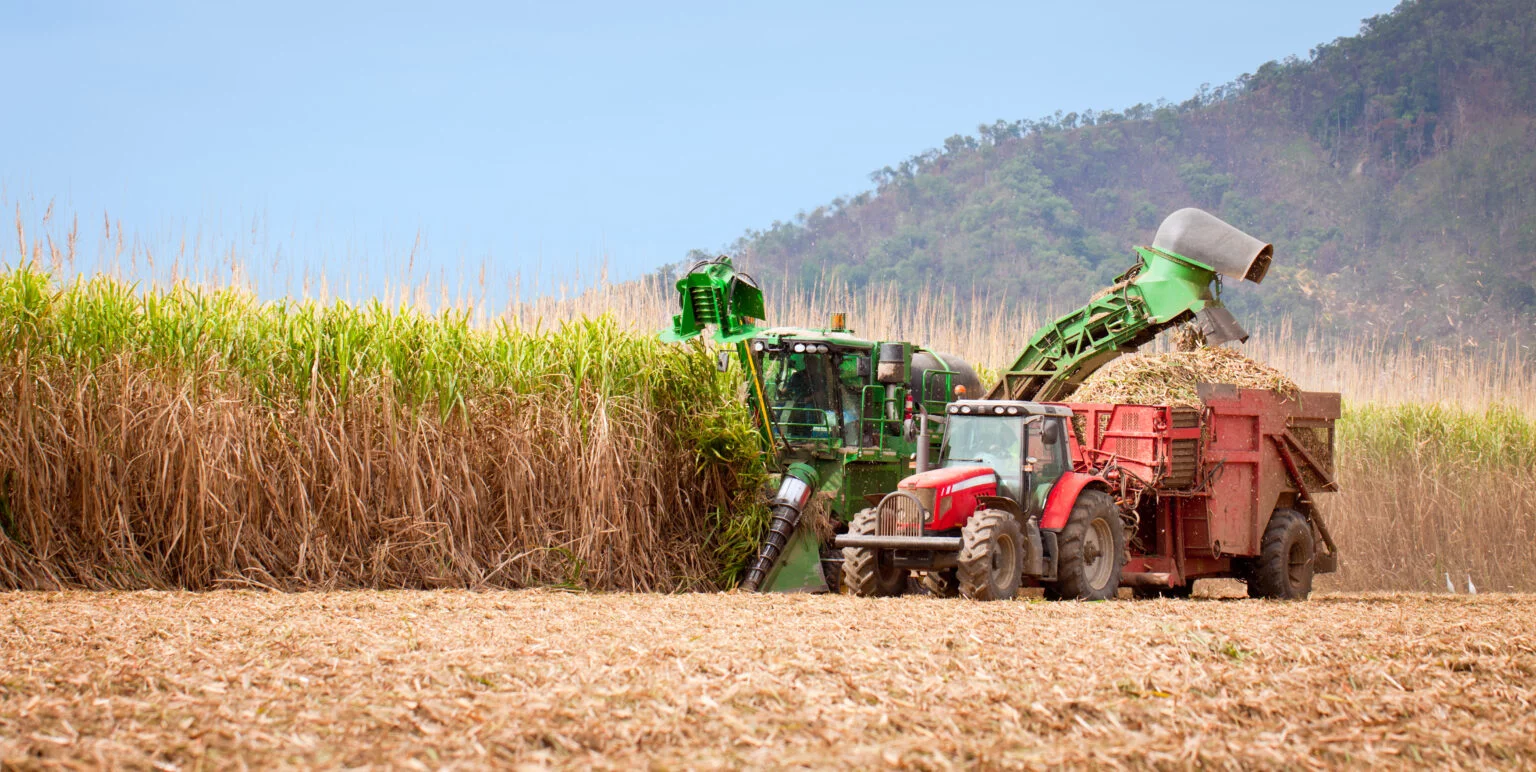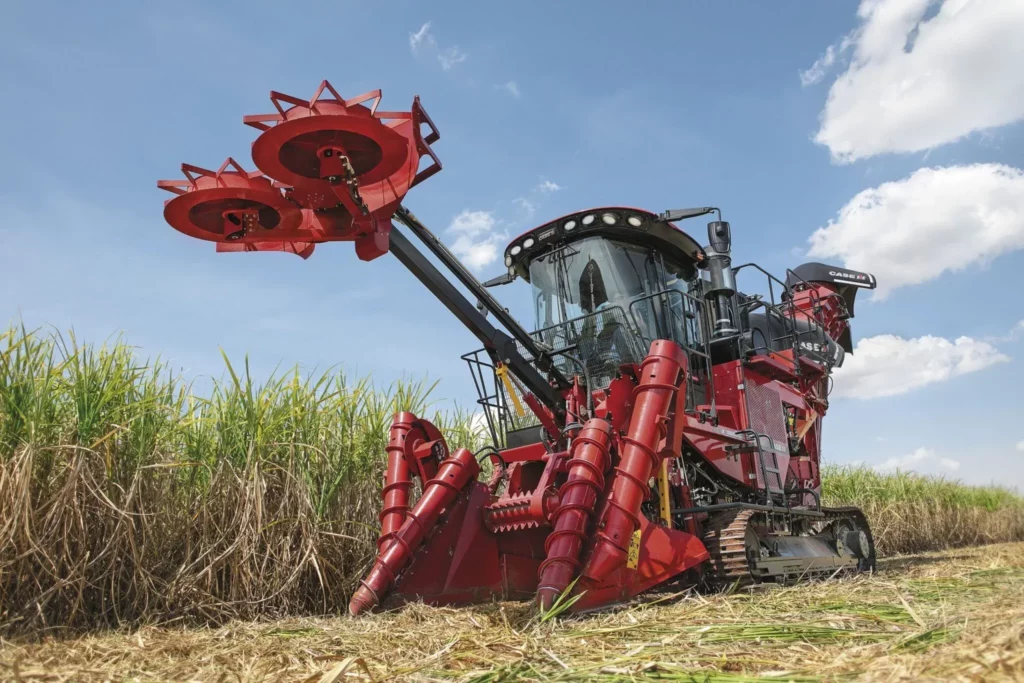Today, you’ll learn 6 tips for sugarcane harvester maintenance. A stopped machine is always a problem. When this happens, maintenance teams resort to corrective procedures to solve the problem. However, with predictive maintenance tools, it is possible to find out the real operating conditions of the machinery based on data on wear and degradation.
Tip 1: Carry out predictive maintenance during the harvest season
Sugarcane harvesters are machines that work intensively and in harsh conditions for long periods of time. As a result, these machines wear out more easily, which means that overhauls and other corrective techniques have to be carried out during the off-season.
Like other corrective maintenance procedures, these techniques overload workshops and end up concentrating higher costs in a single period.
Despite the challenges to be faced at this time of year, the off-season should be seen as an opportunity to organize the production environment. Drawing up a Maintenance Plan during the off-season is the intelligence stage of the Maintenance Management process. With predictive maintenance tools, it is possible to eliminate overhauls during the off-season, reducing costs and increasing the mechanical availability of machinery.
Tip 2: Carry out maintenance even at the start of planting
The process continues when the harvest is over and planting begins. Every month, three overhauled harvesters contribute greatly to maintaining the average health of the entire fleet. According to statistics carried out with companies in the sector, the cost paid for acquiring the additional machines is diluted over 5.3 harvests.
Linear maintenance requires planning. That’s why it’s important to emphasize that machines should be prioritized in this process, as they are considered the workshop’s visitors and require more attention and care.
Tip 3: Carry out routine equipment inspections (checklists)
A drop in the mechanical availability of a fleet means less sugarcane is processed by the mills at the end of the harvest. Therefore, in order to prevent this availability from dropping significantly during the 240 days of the harvest, various efforts have been made by the mills’ automotive maintenance teams, especially routine inspections.
Routine inspections uncover more services to be carried out during overhauls. In this process, each piece of equipment should be inspected regularly, preferably every day, either by mechanics or by operators at times when the equipment is stationary.
The information obtained from these inspections goes to the fleet’s Maintenance Planning and Control (PCM) department, which can plan the machine’s next overhaul, including these services.
Tip 4: Keep rescue teams in the field, 24 hours a day
Maintenance for High Availability (MAD) includes several strategies. One of them is working two 10-hour shifts. This frees up four hours a day for the field maintenance teams, who can look after the machinery without conflicting with the CTT professionals. The maintenance work during these four hours is opportunity work, which does not affect the availability of the equipment at the front.
Tip 5: Use oil analysis, high stocks and expensive parts to guide servicing
Oil analysis is one of the most important tools in predictive maintenance. With a diagnosis based on this technique, the maintenance team can identify faults more quickly and even anticipate possible errors, avoiding compromising product quality or service performance.
Therefore, when carried out effectively, oil analysis makes it possible to schedule interventions and maintenance of parts; anticipate situations where there is a risk of failure; avoid unnecessary downtime, increasing the availability of machinery; and reduce maintenance and stock costs.
Tip 6: Invest in large purchasing teams with automatic quotation systems
In order to ensure that all the necessary parts are available when the machinery starts to be serviced, the fleet’s PCM staff must plan in advance for each overhaul so that the deadline is not missed.
Conclusion
Therefore, being aware of the machine’s condition helps to avoid downtime and wasted time during harvesting. With predictive maintenance tools, you can make the most of equipment availability and productivity. In addition, predictive procedures promote control in the management of resources and materials and extend the useful life of equipment.

